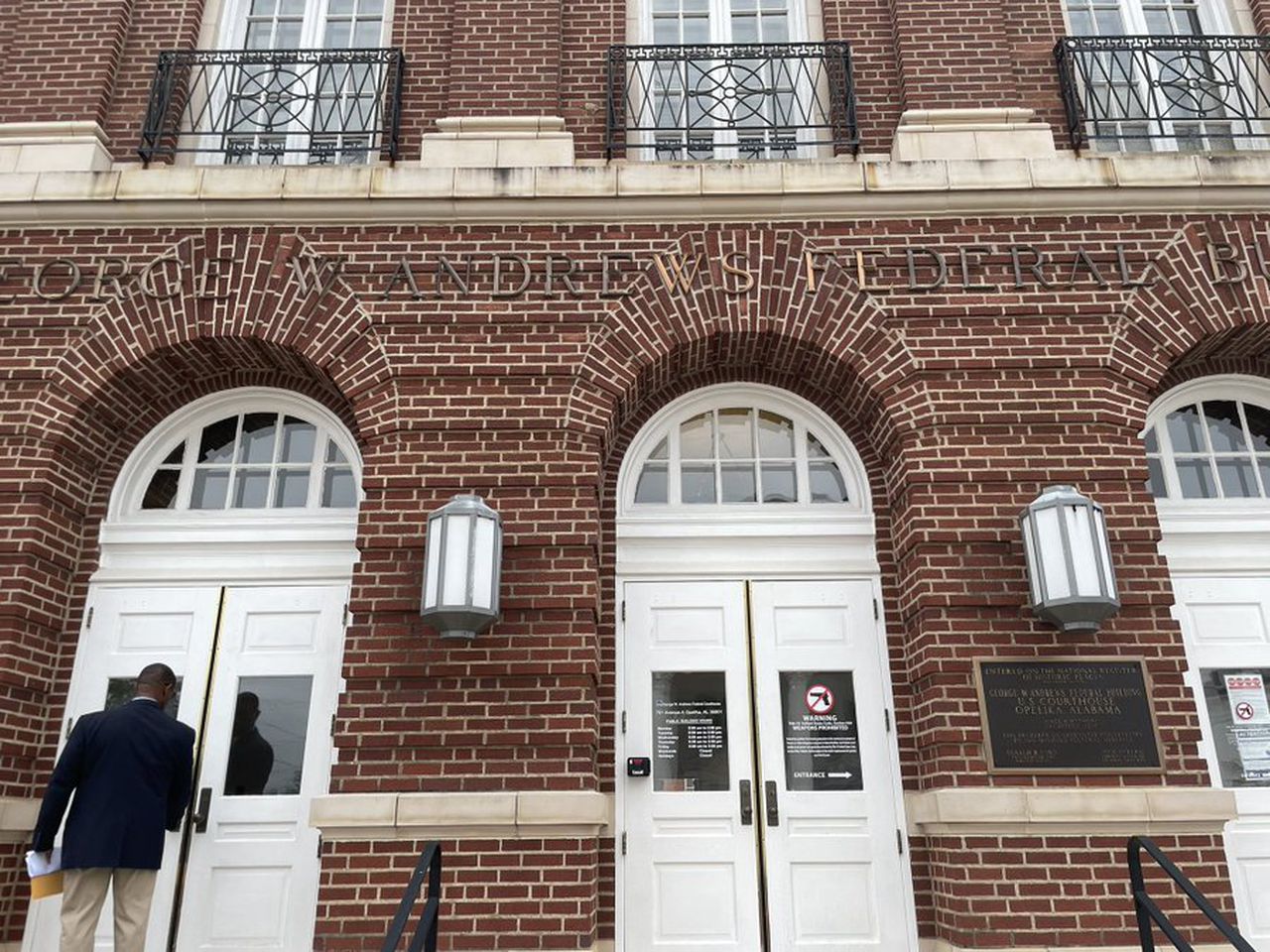Judge says âracial motivationâ not at play in decision to close Alabama school
A judge has weighed in on questions of discrimination behind Chambers County’s plan to close a majority-Black high school and build a new, merged school on the opposite side of the county.
Chambers County is one of nearly 40 Alabama school systems that are still under active decades-old desegregation orders. For decades, the district has operated largely segregated schools in two different feeder patterns: LaFayette, the majority-Black county seat, and Valley, a majority-white but diversifying town on the Georgia border.
Since last fall, the court has approved a series of plans to close and merge several schools across the district, including the district’s two high schools, which will merge into a new building in Valley. Officials said the plans would cut costs and spread resources more evenly between majority-Black and majority-white schools.
“The discussion turns to the matters where time has stood still and where time has brought change,” U.S. District Judge Keith Watkins wrote in a lengthy opinion last week, adding that the court found no evidence that the district “acted with a racial motivation” or did not act in good faith in selecting the Valley site.
Read more: More small, majority Black schools are closing across rural Alabama
Read more: An Alabama judge will have final say over the site of Chambers County’s next high school
Watkins previously ruled that officials could close and merge several elementary schools, including two in LaFayette. The court also approved the district’s creation of a magnet school at the Eastside Elementary School campus in LaFayette.
In June, after multiple community meetings and hearings, the court partially approved the district’s plan to build a consolidated high school in Valley. Watkins denied plans to immediately close LaFayette High School, noting that it would place an undue burden on Black students. Instead, both schools would operate separately until a new school was built.
Officials claimed the consolidation plan would allow them to provide more academic and extracurricular opportunities for students across the county. LaFayette High, a small school, didn’t always have enough students to justify certain sports or elective courses offered at Valley High.
According to court documents, Chambers County spends approximately $14,000 per student each year at LaFayette High School and approximately $8,000 per student at Valley High School.
“[The district] is faced with complying with Court Orders and with being able to finance and pay for the new school while sustaining the Board’s financing for operations,” school board attorney Robert Meadows wrote to the judge in May. “It is in a ‘tug of war’ with two different communities, and it must endeavor to provide their students with everything that they need as best they can.”
Many were in favor of consolidation, but concerns heightened last fall as officials announced the location for the new school.
After a series of tense community discussions, officials ultimately chose to put the new school in Valley.
Many LaFayette families worried that building the school closer to Valley – a growing city on the eastern side of the county – would be unfair for students who live in more rural areas.
“I believe that the community, the students, even myself – there’s this overarching belief that LaFayette isn’t getting a fair shake in this consolidation,” Kelsey Barnes, a local pastor, told AL.com this winter.
NAACP attorneys argued the plan would violate a 1993 court order that stated a consolidated school must be built along a central highway between the two communities. Experts also accused officials of using faulty data to justify their decision, and claimed they failed to consider families who lived in more remote areas.
Some also worried about what would happen to the historic, majority-Black town of LaFayette if its only high school closed down. Others are concerned about other motivations at play; decades ago, Valley attempted to split away from the county system before the court struck the effort down.
“We’re not done fighting for the school to be here,” Tytianna Smith, a member of the group LaFayette Teachers Against Displacement, said at a rally outside the school board office last month. “That’s equity. Highway 50 is equality. Valley is oppression.”
But Watkins said those arguments had no bearing, given the change in population and enrollment over the past three decades, as well as steep maintenance costs and the persistence of segregation in the district.
He acknowledged that the plan was imperfect, but ultimately ruled that it was not unconstitutional.
“The Chambers County Board of Education had a difficult decision to make to move its system forward for its high school students,” he wrote. “As one Board member testified, whatever decision the Board makes about consolidating its high school students under a single new roof, and the court approves, it will not please all Chambers County citizens. It is not even close.”
The district is required to submit progress reports on the school’s construction every 90 days, starting on Oct. 31.
